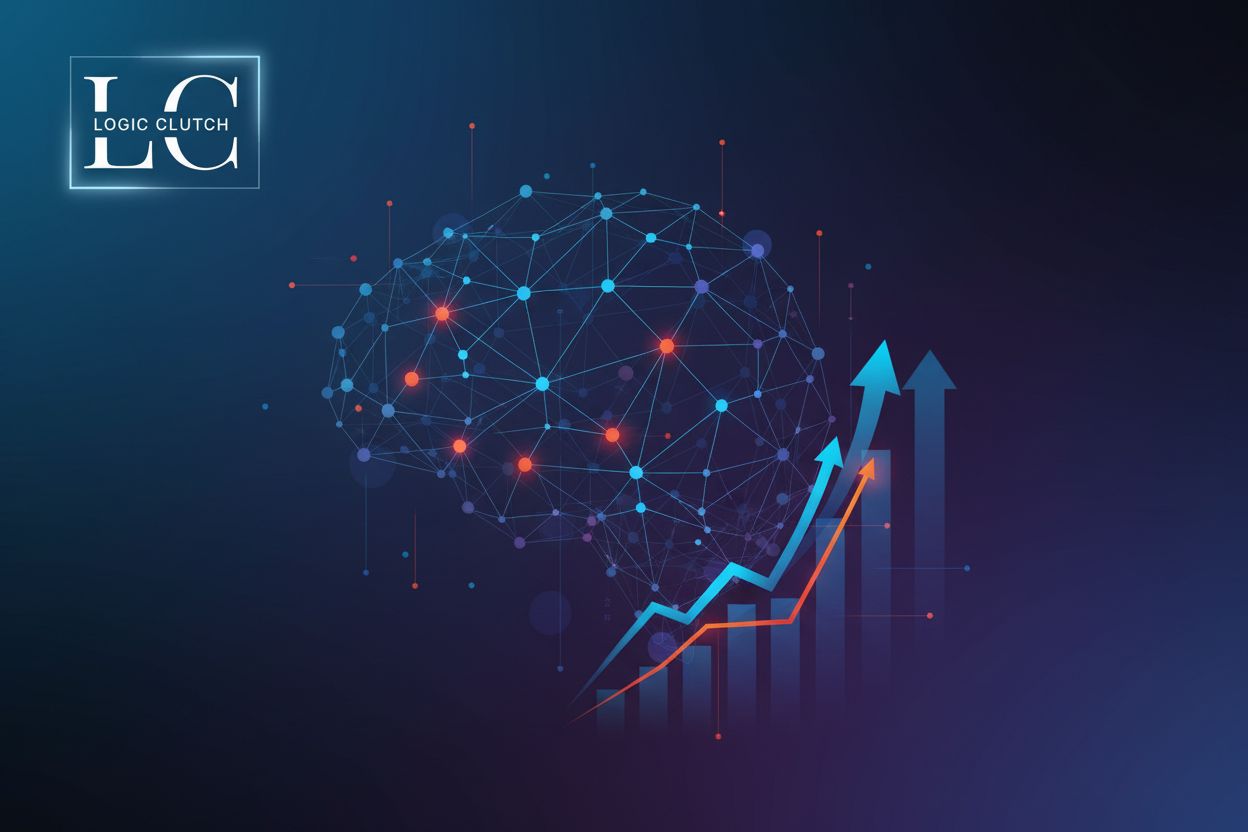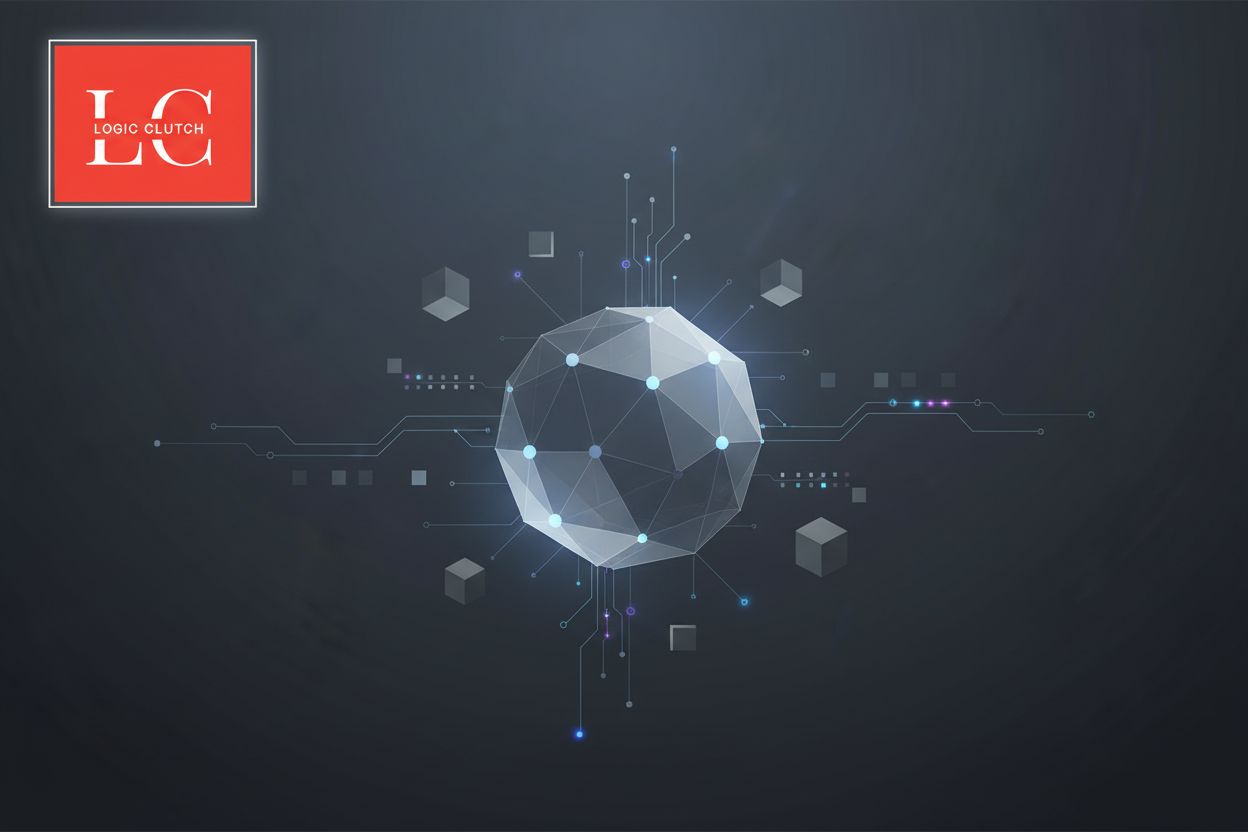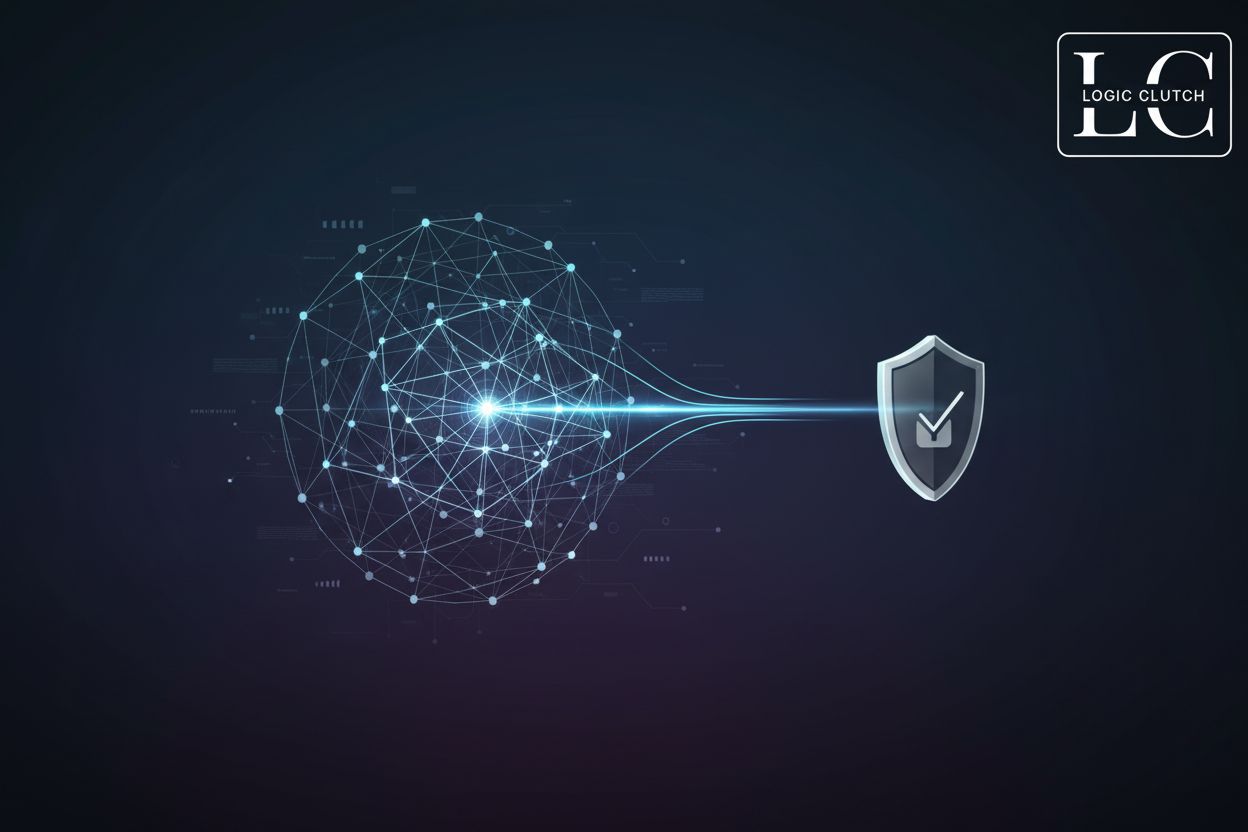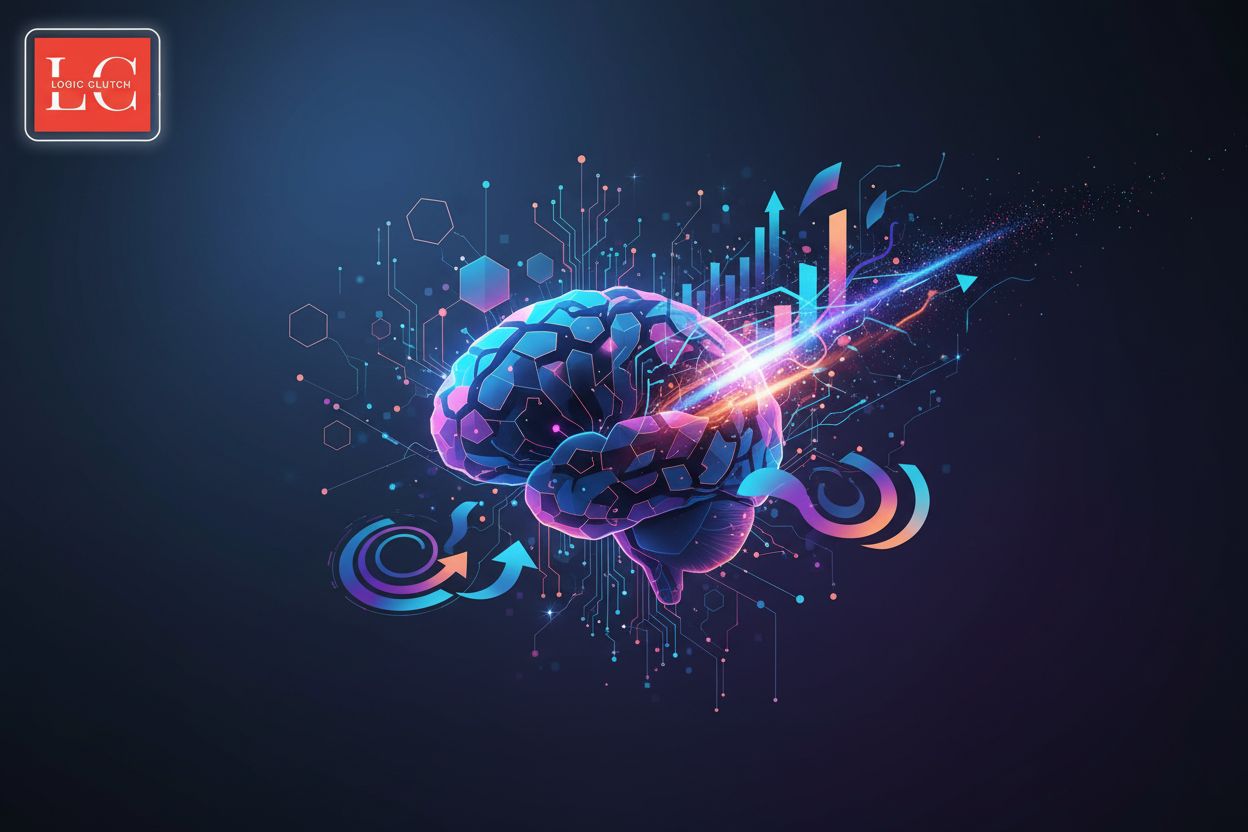Introducing Advanced Speech Recognition Technology
TL;DR
What is Advanced Speech Recognition Technology?
Advanced Speech Recognition (ASR) – ever wonder how Siri actually understands your rambling requests? It's not magic, but it's darn close. ASR is the tech that translates spoken words into text, but the advanced part is where it gets interesting.
It's more than just simple transcription. Think of it like this:
- Handles Accents & Noise: Advanced ASR systems aren't thrown off by that thick Southern drawl or the construction noise outside your window. They're trained to be robust.
- Punctuation & Grammar: It adds in commas, periods, and capitalization – basically, it makes the transcript readable. This is largely thanks to Natural Language Processing (nlp).
- Enables Voice Interaction: This is how we talk to computers, control devices, and generally boss ai around.
According to IBM, speech recognition has been around since the 1960s, but has accelerated rapidly in recent years.
Imagine a doctor dictating notes directly into a patient's record, hands-free. Or picture a call center where ai instantly summarizes customer calls, flagging key issues for the agent. It's not just about convenience, it's about efficiency and accessibility.
What's next? Well, we'll dive deeper into nlp's critical role in making asr truly shine.
Core Techniques and Algorithms
So, you're probably wondering how advanced speech recognition actually works under the hood, right? It's more than just a microphone and some fancy ai. Let's dive into some of the core techniques that make it tick—or, you know, talk.
There's basically two ways these systems are built: the old-school way and the new, hip way. The traditional methods relied on statistical models, which, while functional, just don't have the oomph to handle real-world complexities. Think heavy accents, background noise, or just people mumbling.
- Hidden Markov Models (hmms): These models are like predicting the next word in a sentence based on what's already been said. It's all about probabilities, but they aren't always the most accurate.
- Dynamic Time Warping (dtw): Think of dtw as measuring the distance between two speech patterns. It tries to align them, even if one person speaks faster than another.
Deep learning, on the other hand, is where the real magic happens. Neural networks can learn much more nuanced patterns, making them way better at understanding different dialects, accents, and contexts.
Deep learning models are really where it's at these days, aren't they? They blow those older statistical methods right out of the water, honestly. nvidia highlights models like Quartznet, Citrinet, and Conformer as some popular choices.
What tools do developers use to build these awesome asr systems? Well, there's a bunch of options, from open-source toolkits like Kaldi and Mozilla DeepSpeech—which give you a lotta control—to closed-source sdks like NVIDIA's NeMo and Riva, which are more about getting stuff done quickly. And then there's the plug-and-play services from cloud providers; they're easy, but maybe not as customizable.
Alright, so now that we have a sense of how these systems are built, let's check out some of the practical applications and where all this tech is being used.
Deep Learning Speech Recognition Pipeline
Okay, so how does a computer actually turn your voice into text? It's not as simple as hitting "record," that's for sure. It involves a whole pipeline, kinda like an assembly line for words.
The deep learning speech recognition pipeline is like a finely tuned engine, with each part playing a crucial role.
- Spectrogram Generator: First off, raw audio gets transformed into a spectrogram. Think of it like a visual fingerprint of your voice. It shows the different frequencies present in your speech over time.
- Acoustic Model: Next, the acoustic model analyzes this spectrogram. It's been trained on tons of audio data to recognize phonemes – the basic sounds that make up words. It spits out probabilities for each sound at each moment.
- Decoder & Language Model: This is where things get interesting. The decoder uses those probabilities, along with a language model (which knows how words usually go together) to guess the most likely sentence you spoke. It's like predicting the next word you're gonna say based on what you've already said.
- Punctuation & Capitalization: Finally, a model adds punctuation and capitalization to make the text readable. No one wants to read a wall of text without commas, right?
These models are trained on massive datasets. Think LibriSpeech, Mozilla Common Voice, and the like. And to really get them working, they use data augmentation techniques – messing with the speed, adding noise – to make them more robust.
Ready to see how we make these models even better? Next we'll look at datasets and data pre-processing.
Industry Impact and Applications
Is advanced speech recognition just a fancy tech buzzword? Nah, it's changing how industries actually operate, and it's way beyond just dictating emails. It's about making things more efficient and accessible, you know?
- Finance: Forget manual trade floor transcriptions. ASR is powering real-time analysis of agent calls, which helps to give instant recommendations. I've heard that this can cut down post-call work by, like, 80% – that's huge!
- Telecommunications: Contact centers are using ASR to transcribe convos. Then, they are analyzing them to suggest actions while the call is happening. T-Mobile, for instance, uses asr for faster customer support.
- ucaas: with everyone working remote now, there's been a boom in ucaas. ASR adds live captions to video calls. Plus, it makes meeting summaries and pulls out action items from those captions.
Think about doctors and nurses using voice to log patient notes – hands-free, which is kinda important. Or voice-activated navigation in cars, making it safer to search for that burger joint while driving. It's all about making life easier, efficient, and safer.
So what's next? We'll look at what makes these models even better: datasets and data pre-processing.
Challenges and Future Advancements
Speech recognition, it's not perfect, right? Like, my phone still misunderstands me sometimes. So, what are the hurdles and where are we headed?
Accuracy issues are a biggie. Noisy environments and different accents still trip up asr systems. Think about trying to use voice commands in a crowded coffee shop – good luck with that!
Customization limitations can be frustrating. Domain-specific jargon, like medical terms or legal speak, often throws asr for a loop. It's like it only speaks common english, you know?
Deployment constraints are another challenge. Getting asr to work seamlessly across different environments—cloud, on-premises, or even on the edge—is tough.
Expect to see new asr architectures, end-to-end models, and self-supervised training techniques. The goal? Better accuracy and adaptability.
More tools will appear that'll enable quick access to state-of-the-art models and deployment, should allow anyone to easily implement asr.
The focus is gonna be on real-time performance, accuracy, and customization. Think faster response times and better understanding.
LogicClutch offers enterprise tech consulting specializing in Master Data Management, Salesforce crm, ai analytics, and custom dev. they can help you use ai-Powered saas Solutions and Data Management to boost your speech recognition tech. Find out how LogicClutch helps you get the best results with computer vision ai and on-demand dev.
So, yeah, asr still have it's challenges, but the future looks bright, especially with companies like LogicClutch pushing the boundaries.







